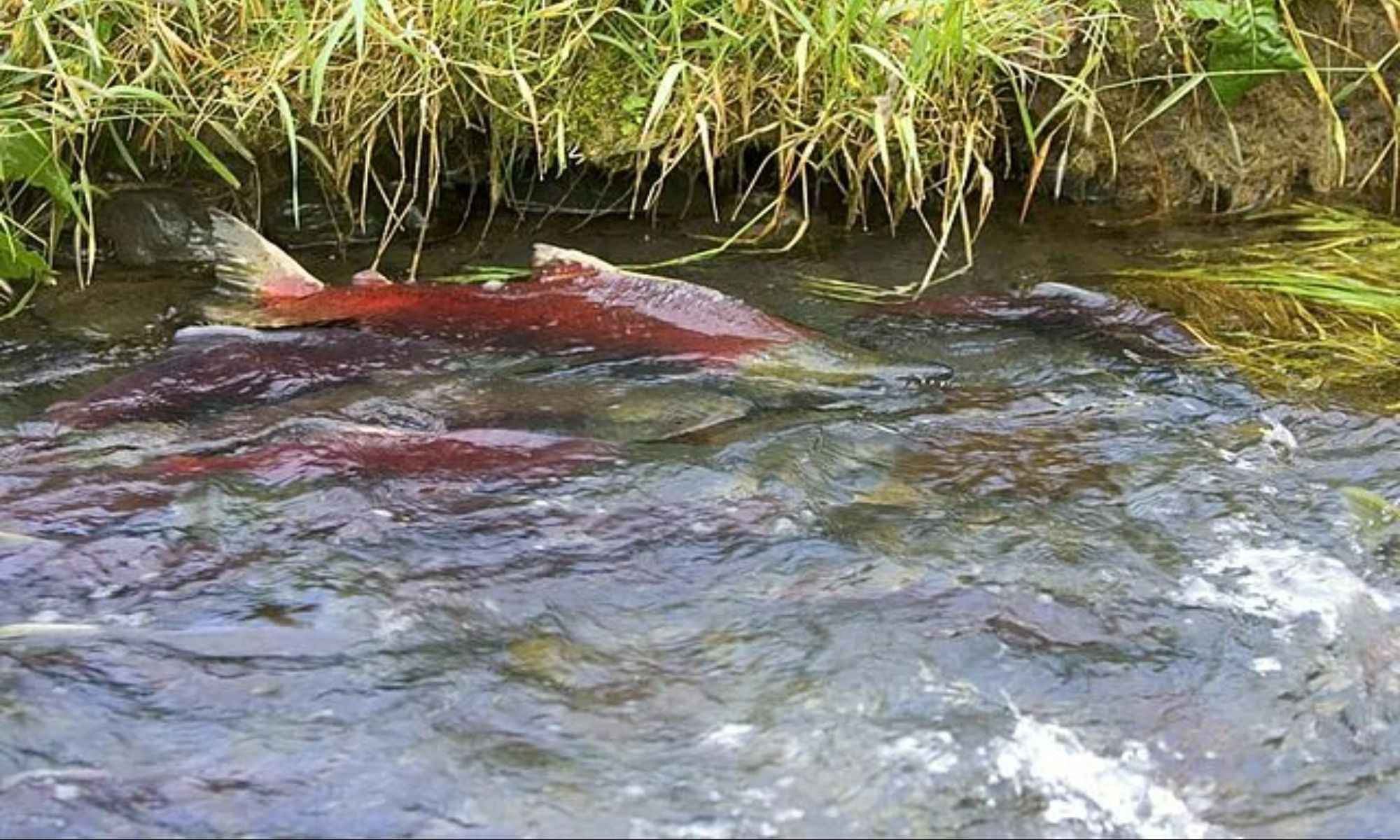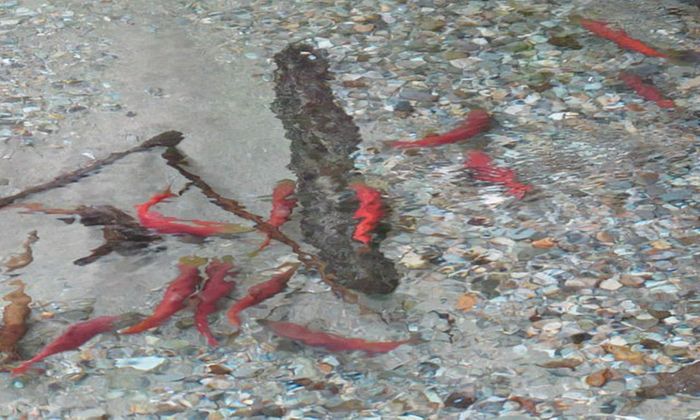Everything You Need To Know About Fish Spawning
Improve your fishing game by learning everything you need to know about fish spawning.

Learning about fish spawning is essential if you want to be a good angler. Fish spawning is one of the three ways fish reproduce and ensure their population. It is considered one of the biggest indicators of fish behavior.
It seems evident that fish reproduce or mate differently from other animals. But the layperson may not know that different fish species may also have different reproducing behaviors.

First and foremost — fish have at least three different ways of reproducing, and spawning is just one of them. Some fish can produce by themselves as they can switch genders and are classified as hermaphrodites. Some bear offsprings through live-bearing, which is similar to how mammals reproduce.

Spawning, for the uninitiated, is the most common way for fish to reproduce. It involves a female fish laying eggs in water and a male fish fertilizing these laid eggs. The number of eggs a female fish can produce can range from a hundred to several thousand.
Why Understanding Fish Spawning Behavior is Important
Studying and familiarizing oneself with your target fish’s specific behavioral patterns is the most effective way to guarantee a successful catch. Once you know a fish species’ particular behavior, you can easily adapt your methods and fishing techniques. Studying their behavior during spawning season will allow you to decide if it is feasible to catch them during such a time.
Different Preferences for Spawning Season
That being said, fishing during the spawning season for certain fish species can be quite exhilarating, as it is when most fish species are visible. Most anglers will target a particular fish during their migration or run like this when they’re most actively feeding.
Salmon species like coho salmon, for example, are one of the top fish to target during their spring run. Salmon are born in freshwater bodies such as rivers and streams, but they swim toward the ocean and live there for most of the year. That is until they’re old enough to spawn. Then that’s when they return to the freshwater body to generate. Most anglers target salmon during this migration, usually from spring to summer.
Bass species such as largemouth bass spawn only during spring. But what’s interesting about them is their spawning season has three phases. During pre-spawn, bass are more ravenous than usual to prepare for the actual spawning period. During their exact nesting period, bass are highly protective and will eat anything that “threatens” their eggs. Bass anglers like to take advantage of this by using soft plastic lures mimicking lizards, worms, and craws. However, anglers are advised not to target the female (or the bigger bass) during spawning season as catch-and-release may prove too stressful for them.
Other popular game fish spawn during spring are walleye, muskellunge, carp, and yellow perch. Many fish start to spawn and head towards shallows and shorelines as soon as the water temperatures rise. Many prefer waters at around 50 degrees F, but some head out as soon as temperatures reach 40 degrees F.

While most spawning fish head inshore toward the shallows to spawn and nest, their preferred surfaces may differ. For example, fish such as muskellunge prefer soft shallow bottom spots, whereas largemouth bass, white bass, bluegill, and spotted bass will seek hard bottom surfaces like those with sand and gravel. Catfish species like flathead and channel will be in cavities or holes near river banks.
Spawning Season is the Best Time To Teach Kids to Fish
Many advanced anglers may view fishing during the spawning season as too easy. However, if you’re keen to introduce a family member, particularly a child, to fishing, spawning season is the best way to do so. Many fish head inshore and spawn in shallow water, making them easy to spot. Because they’re a little more ravenous than usual, they will bite anything. It’s also a fantastic time to introduce the concept and practice of catch-and-release.
To Fish or Not To Fish During Spawning Season
From a conservation standpoint, one of the most contentious topics in the fishing community is whether it is ethical to fish during the spawning season. Aren’t anglers disrupting the reproduction cycle of fish by targeting them en route to their nests? But on the other side of the argument, if we were to ban targeting spawners altogether, then anglers would never catch fish such as salmon, steelhead, or any fish species that are only accessible to humans during their spawning migration.
The best way for the angler to address this problem is by following state regulations regarding closed spawning seasons and practicing safe catch-and-release for species not under any closed season regulation. Another practice is to let the fish rest and recover from the tiresome spawning process — let them be for a week or two, then be prepared to throw your cast in. It’s also important to study a particular area when fishing — which fish are particularly vulnerable and have a healthy and stable population.



